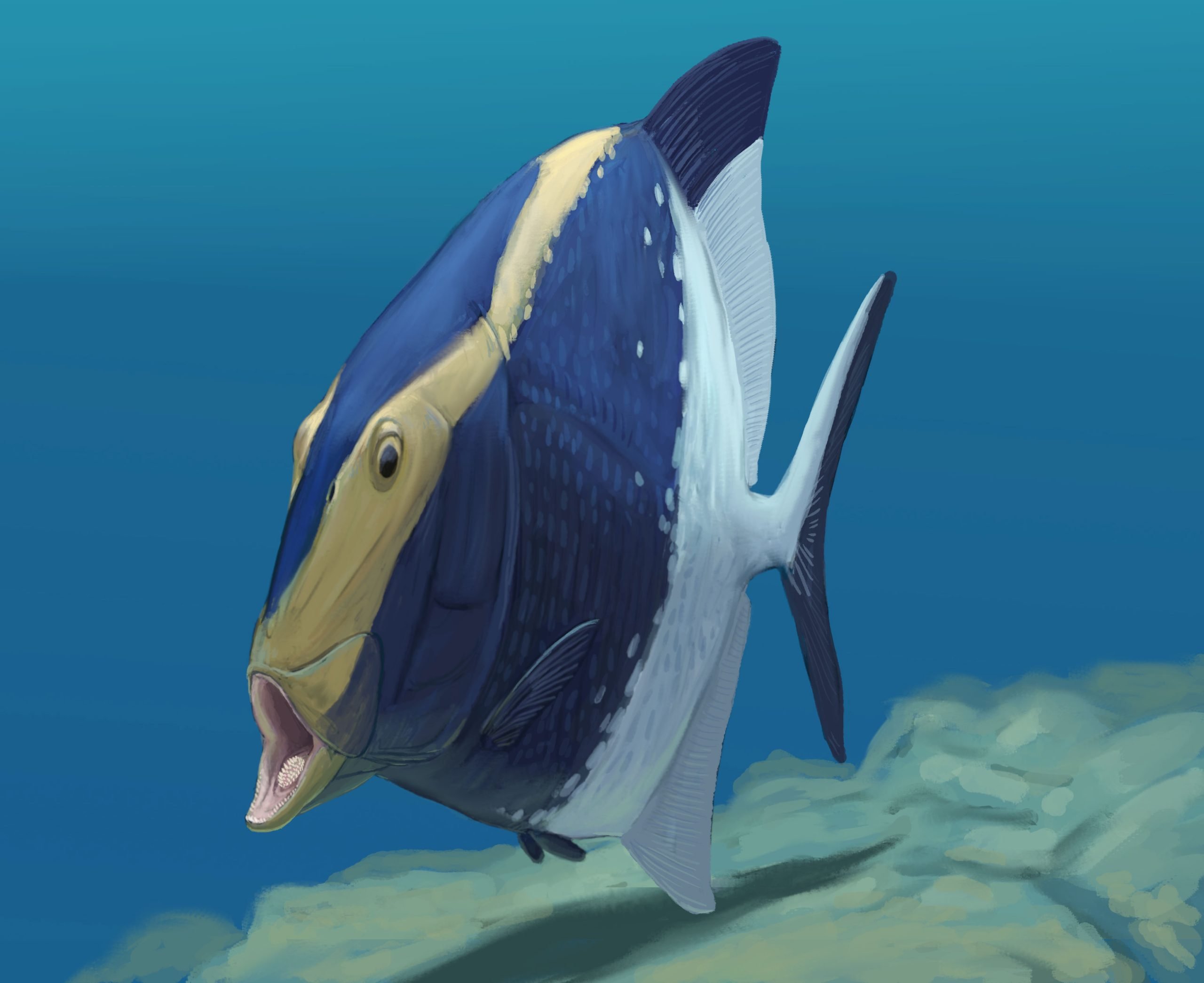Scientists have uncovered a 310-million-year-old fossil that is changing our understanding of fish evolution. A researcher from the University of Michigan made this groundbreaking discovery, revealing the earliest evidence of a tongue-like biting structure in ancient fish. This adaptation marks a significant step in how early fish developed new ways to eat, setting the stage for the evolution of modern vertebrate feeding mechanisms.

Rewriting Fish Evolution History
The fossil, which dates back to approximately 310 million years ago, provides new insight into the evolutionary journey of fish. Before this discovery, scientists believed that such advanced feeding adaptations appeared much later. The tongue-like structure found in this ancient fish suggests that early vertebrates were experimenting with complex feeding strategies much sooner than previously thought. This find not only sheds light on early fish behavior but also helps explain how modern fish and other vertebrates developed their diverse eating habits.
Why This Discovery Matters
Understanding these early adaptations helps scientists trace the evolutionary roots of vertebrate feeding. The presence of a tongue-like biting structure in ancient fish challenges previous theories and pushes back the timeline for when these innovations first appeared. The research team continues to study the fossil, hoping to uncover even more clues about the evolutionary history of fish and the origins of complex feeding mechanisms.